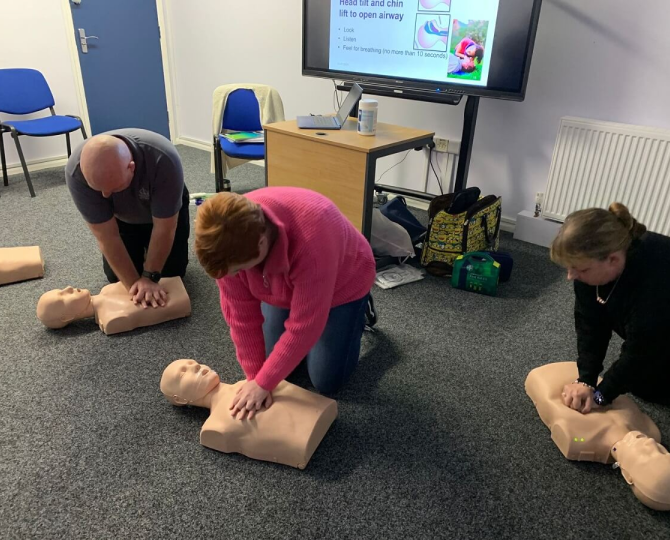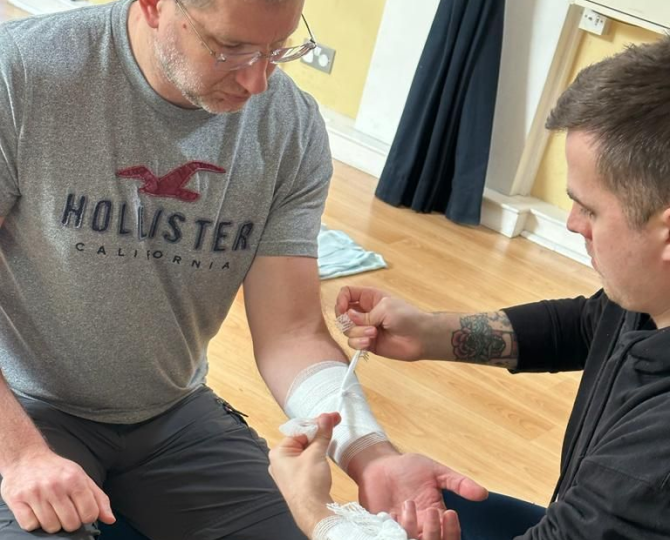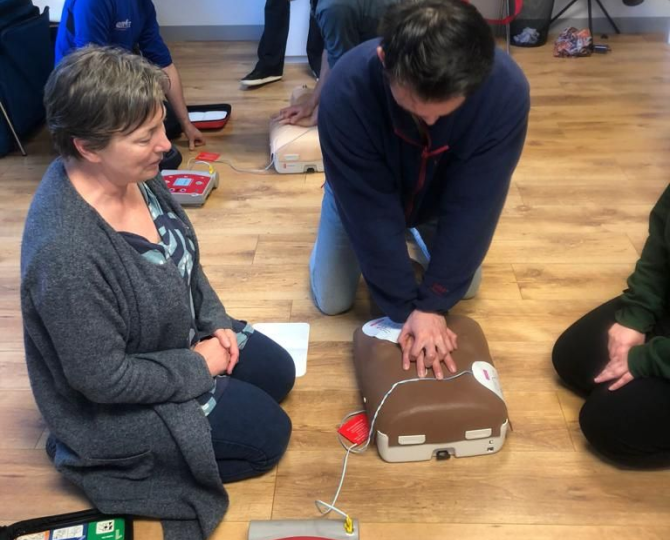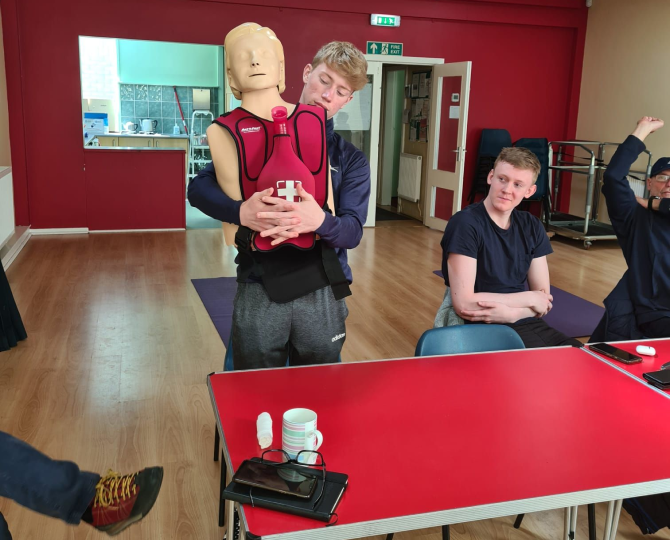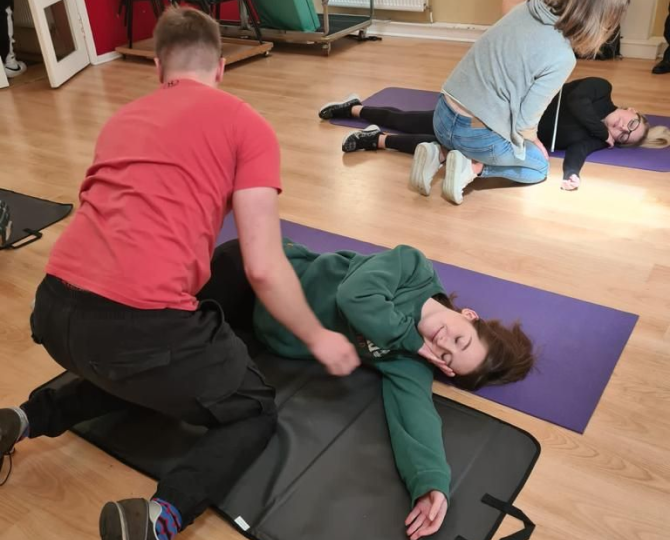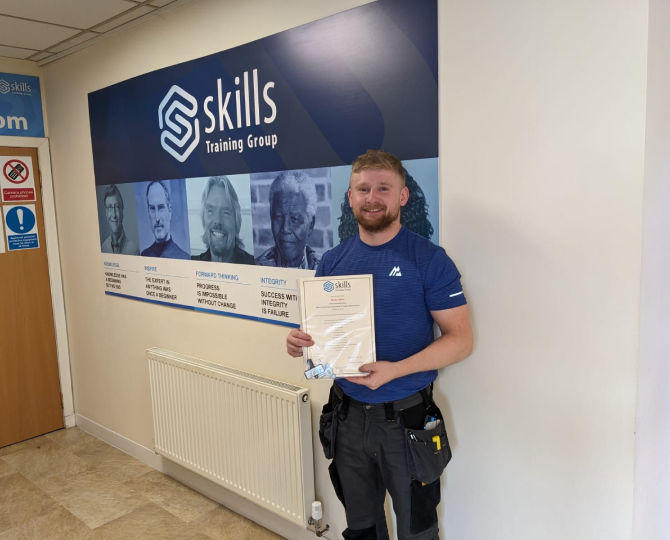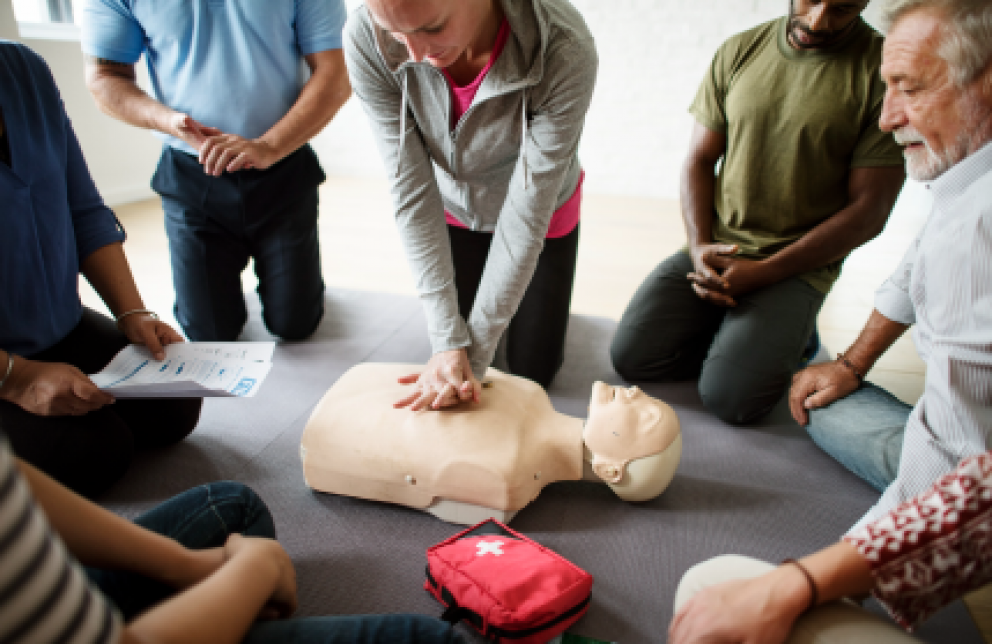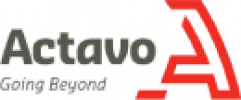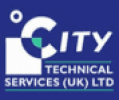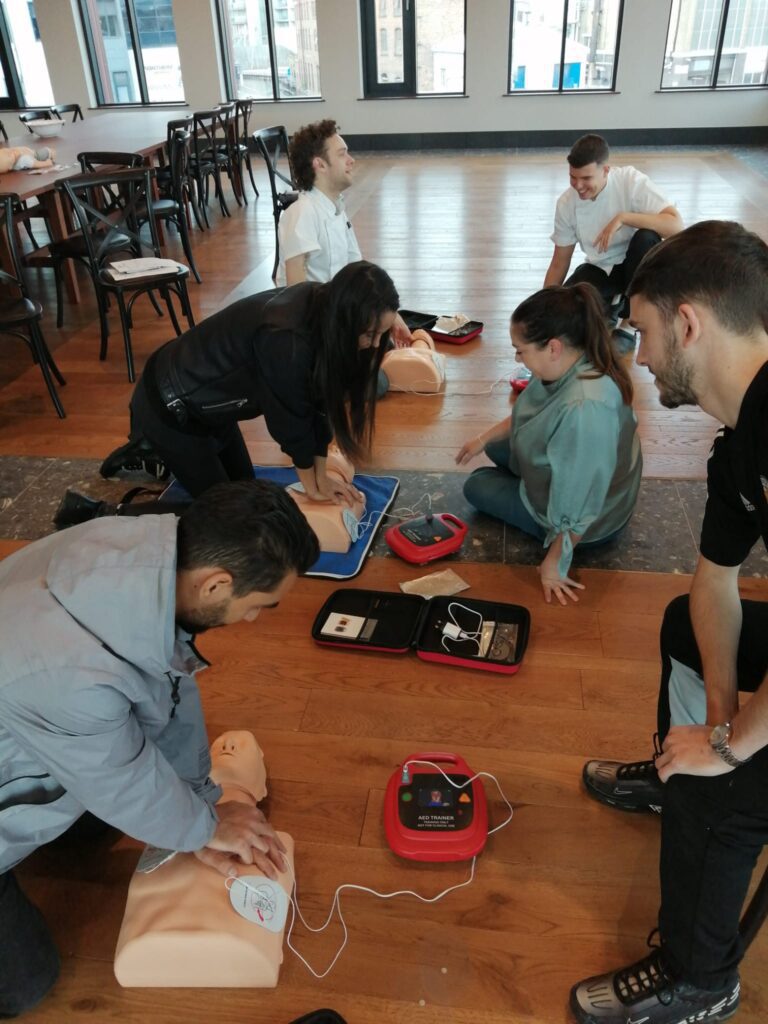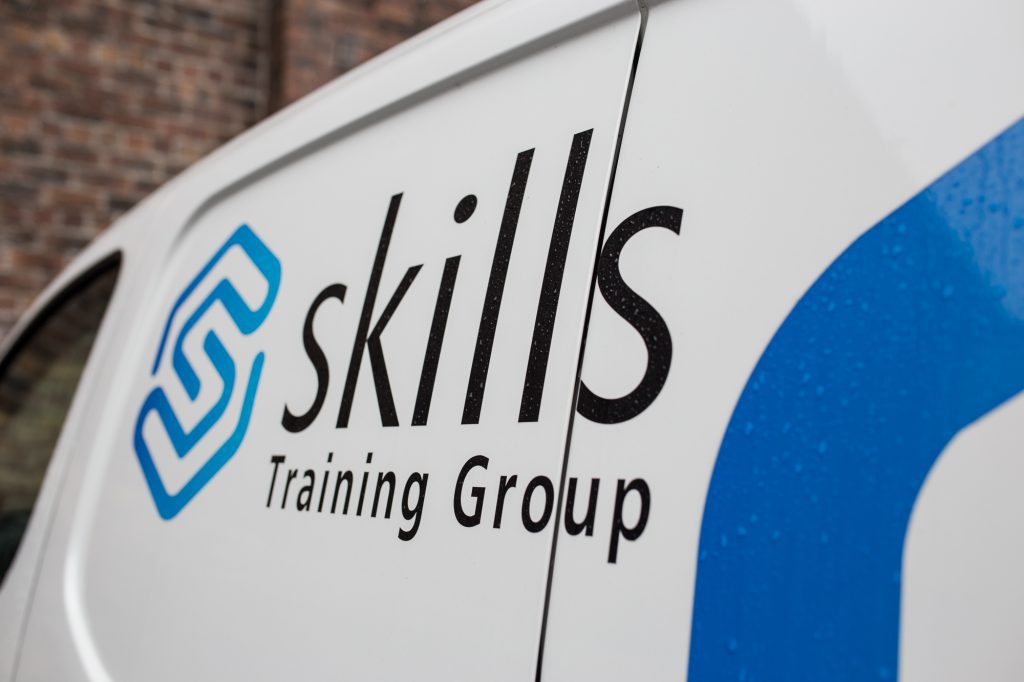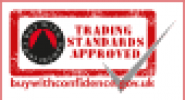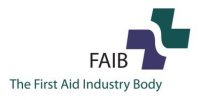How long is a first aid at work certificate valid for?
A first aid at work certificate is valid for three years and entitles the holder to act as a workplace first aider during that time. Once the certificate expires, the individual is no longer qualified to perform this role, and the employer may be in breach of their duty to provide adequate first aid provision in accordance with their risk assessment.
Despite the three-year validity period, studies show that first aid skills can deteriorate in as little as six months, a phenomenon known as "skills fade." As a result, the Health and Safety Executive (HSE) strongly advises first responders to take an annual refresher course to maintain their proficiency.
What is the difference between a first aid at work course and an emergency first aid at work course?
The first aid at work course is intended for employers who work in high-risk environments or for larger organisations with a lower level of hazard, as determined by their risk assessment.
The emergency first aid at work course covers a narrower range of first aid techniques than the first aid at work course. Employers should provide their first aiders with the first aid at work course if the risk assessment identifies that employees are at risk of specific injuries or conditions such as fractures, burns, or anaphylactic shock.
How do I become a certified first aider?
To become a certified first aider, you must complete a first aid at work or an emergency first aid at work course, which includes both theoretical and practical assessments. If a person's first aid certificate is about to expire, they can renew it by taking a requalification course.
Is it possible to fail a first aid course at work?
To work as a first aider in the workplace, one must demonstrate that they have the knowledge and skills to manage a wide range of first aid incidents. Individuals who fail to demonstrate competence in a first aid at work course will not be certified.
How often should I recertify in first aid?
A certificate for first aid at work or emergency first aid at work is valid for three years. Before the certificate expires, the first aider must attend a requalification course or redo the emergency first aid at work. However, because "skills fade," it is recommended that first responders refresh their knowledge and skills on an annual basis.
How many first aiders do I require?
The number of first aiders required is determined by the size of the workforce, the level of hazard presented by the operations, the layout and size of the workplace, and work patterns. To determine the appropriate number of first aiders, a thorough risk assessment is required.
As a general rule, employers in high-risk industries should have one first aider with a first aid at work certificate on site at all times for every 50 employees. The general rule for low-hazard industries is one first aider for every 25 employees, with an additional first aider for every 100 employees above that.
Employers who have multi-use sites or hazards must ensure that there are enough trained first aiders available throughout the workplace, including shifts and public areas. The HSE advises considering the potential risks to members of the public on the premises.
What distinguishes a first aider from an appointed person?
An appointed person is in charge of managing the first aid arrangements, which includes maintaining first aid equipment and calling emergency services in the event of an incident. They are not, however, trained to provide first aid and are only suitable for low-risk workplaces with a small workforce.
A first aider, on the other hand, is trained and assessed to provide first aid in the event of an incident.
Should my employer pay me more for being a first aider?
In the UK, employers are not legally required to pay their employees more for being a first aider. However, it is common for employers to offer additional pay or benefits to employees who undertake the role of a first aider. This may include paying for the training required to become a first aider, providing additional paid time off to attend training or carry out first aid duties, or offering a bonus or salary increase for taking on the additional responsibility.
Employers have a duty of care to their employees and must provide adequate first aid provisions in the workplace. This includes ensuring that there are enough trained first aiders available to provide immediate assistance in the event of an accident or injury.
If you are unsure whether your employer offers any additional pay or benefits for being a first aider, you should speak to your HR department or line manager for further information.
Is first aid at work a level 3?
Some first aid at work courses are level 3 qualifications, but this is not mandatory. The content of the course must meet certain requirements set by the Health and Safety Executive (HSE) in order to qualify as a first aid at work course. The HSE sets the syllabus for the course and specifies the duration, content, and assessment criteria for the training.
For example, our first aid at work course is accredited by the FAIB, so it meets the requirements set by the HSE, therefore a level 3 is not necessary.
What happens if someone fails their FAW qualifications?
As mentioned, it is important to understand that FAW qualifications are learned through practice over the course of the training. Employees do not have to worry about requiring additional learning time that might affect their productivity in the workplace.
Generally, participants who can demonstrate the first aid skills taught during the training receive the certification at the end. For this purpose, our training sessions include specialist equipment such as dummies, defibrillators, first aid boxes, etc. to ensure that your team can practice and learn in real time.
If someone’s training is over 3-year-old, we recommend attending a new first aid at work course to refresh their skills and stay up to date with the latest regulations.
If you have any queries about booking a first aid at work course for your employees or arranging for a visit to your site, please do not hesitate to get in touch with our team of experts. We are available to help you Monday to Friday between 8:30 AM and 5 PM, 08081696423.
What Are An Employer’s Responsibilities Under The First Aid At Work Legislation?
In the UK, the HSE (Health and Safety Executive) is a government agency that oversees the regulation and enforcement of health, safety, and welfare in the workplace. One of those regulations is The Health and Safety (First Aid) Regulations 1981.
The regulations are better known as the ‘First Aid at Work Legislation’. In a nutshell, the legislation details how employers have a legal obligation to ensure the immediate care of employees that get injured or become ill while they’re at work.
HSE places the onus for duty of care on the employer and requires workplaces to provide first aid care to sick and injured personnel. However, what confuses many employers is the regulations don’t stipulate what the requirements for each unique working environment are.
To that end, the employer must work out for themselves which first aid provisions they must put in place for the safety and welfare of staff. This page describes more about the First Aid at Work Legislation and what you as an employer must do.
What is the legal requirement for FAW?
As an employer, you want to ensure your staff is safe while providing services for you. To that end, you’ll no doubt be wondering how to comply with the legislation?
First of all, you need to do a thorough risk assessment across each of your sites. A risk assessment identifies how likely employees are to injure themselves during their work.
Next, you’ll need to provide at least one first aid kit to treat sick or injured staff. The legislation doesn’t specify what you should have in the kit. But, it does state the contents should treat likely injuries or illnesses sustained from the causes in your risk assessments.
Finally, you’ll need an ‘appointed person’ that is in charge of provisioning first aid care and treatment, even if your business or organisation doesn’t need a specific first-aider.
When it comes to determining your first aid kit and appointed person needs, you must take the following into account:
How many employees work at each of your sites;
Pre-existing conditions and illnesses that your employees have;
Number of visitors to each of your premises;
Typical hazards found in any workplace, not just the ones specific to yours;
HSE’s specific guidance for your business or organisation’s industry.
HSE has published a document online that you can review to learn more about the common questions surrounding first aid at work legislation.
Why is the FAW legislation so important?
The legislation is part of a series of measures put in place from the Health and Safety at Work etc Act 1974. It describes the essential aspects of first aid that all employers need to adhere to, irrespective of how small or large the business, organisation, or premises is.
As you’ve no doubt gathered by now, there were no legal workplace requirements before the HSE’s first aid regulations in 1981. Workplace injuries and illnesses are sadly commonplace, and according to HSE’s own compiled statistics for 2018 to 2019:
581,000 people sustained an injury at work;
1.4 million people experience work-related illnesses;
2,526 workers contracted mesothelioma after exposure to asbestos.
You may assume that the legislation only deals with the types of first aid equipment needed in the workplace. But, the aim of The Health and Safety (First Aid) Regulations 1981 is also to manage the provision of requirements and training for first-aiders.
Definition of ‘adequate and appropriate’ in the legislation
When you read through the legislation, you’ll come across regulation 3 which states that employers must provide ‘adequate and appropriate’ first aid equipment and facilities. You’ll come across those two words frequently in the legislation. But what exactly do they mean?
As you can appreciate, each employer’s working environment is different and comes with different sets of risks. For example, office staff will have different risks in their workplace compared to builders working on construction sites.
The legislation uses the words ‘adequate and appropriate’ because it’s up to employers to carry out risk assessments of their workplaces. And once they’ve done that, they must put in place first aid measures that match those risks.

